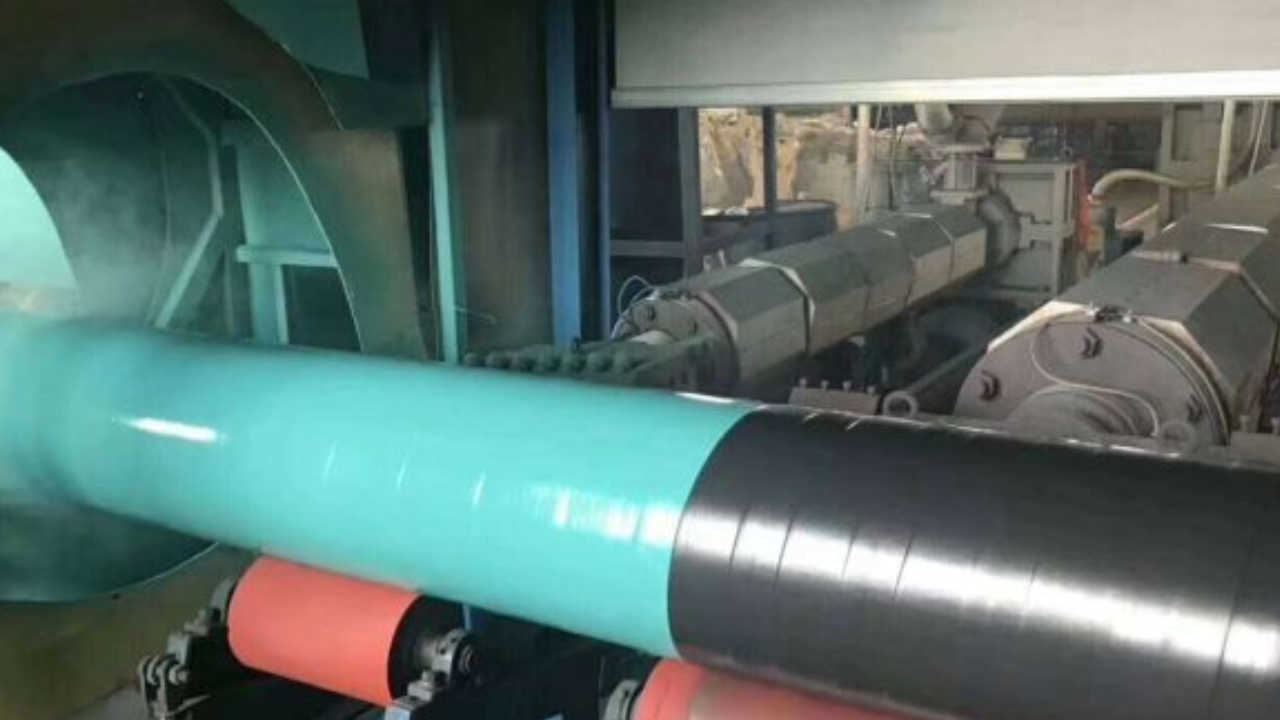Steel pipe weight charts are worthwhile equipment utilized in numerous industries for accurate material estimation, undertaking plans, and structural layout. These charts provide unique statistics approximately the load in line with the foot or meter of steel pipes of different sizes and grades, facilitating knowledgeable decision-making and green aid allocation. The importance of the scale protected in a steel pipe weight chart can not be overstated.
The chart usually includes parameters consisting of nominal pipe size (NPS), outer diameter (OD), wall thickness (WT), duration, grade of steel, and weight in keeping with the foot or meter. The scale included in pipe weight charts plays a crucial role in material choice, cost estimation, and project execution. By leveraging this information, engineers, constructors, and challenge managers can ensure the successful crowning glory of creation tasks with accuracy, efficiency, and reliability.
Common Dimensions In Steel Pipe Weight Charts
The details about the dimensions used in steel pipe weight charts are listed below:
Nominal Pipe Size (NPS)
Nominal Pipe Size (NPS) is a standardized designation used to suggest the approximate inside diameter of a pipe. It serves as a reference point for selecting the perfect pipe size for precise applications. NPS values normally range from 1/8 inch to 36 inches or more, protecting a huge range of business and business requirements. NPS is an important size included in steel pipe weight charts to facilitate accurate fabric estimation and venture-making plans.
Outer Diameter
The outer diameter (OD) of a steel pipe refers to the space throughout the widest point of the pipe’s cross-section. It immediately impacts the overall size, weight, and structural integrity of the pipe. OD values are commonly laid out in inches or millimeters and vary depending on the nominal pipe size and production requirements. OD is an important measurement blanketed in steel pipe weight charts to offer important facts for cloth estimation and engineering calculations.
Inner Diameter
The inner diameter (id) of a steel pipe refers to the space throughout the narrowest point of the pipe’s pass-section. It’s a critical size for figuring out go-with-the-flow potential, pressure scores, and compatibility with fittings and accessories. While not constantly explicitly included in weight charts, inner diameter values are crucial for hydraulic and fluid conveyance applications. Engineers and designers often calculate identification based totally on the pipe’s outer diameter and wall thickness to make certain accurate sizing and performance.
Wall Thickness
The wall thickness (WT) of a steel pipe is the distance between its internal and outer surfaces. It immediately impacts the pipe’s power, stress resistance, and weight in line with unit length. Commonly expressed in inches or millimeters, WT values vary based totally on nominal pipe size, grade, and application necessities. Wall thickness is an essential measurement covered in steel pipe weight charts, aiding engineers and constructors in selecting the correct pipe for particular structural and operational wishes.
Length
Length refers to the distance from one end to the other end of a steel pipe, usually measured in feet or meters. At the same time, as is now not constantly explicitly protected in weight charts, length is critical for calculating the total weight of pipes based totally on their weight according to foot or meter. Well-known lengths for steel pipes vary based totally on manufacturing practices, transportation constraints, and task specs. Correct period measurements are critical for efficient material estimation and project-making plans.
Grade
Grade in steel pipe weight charts refers back to the specific satisfaction or composition of the steel utilized in manufacturing the pipe. Common grades include carbon steel, stainless steel, alloy steel, and forte grades tailor-made for unique applications. The grade of steel determines its mechanical properties, corrosion resistance, and suitability for various environments and working situations. Know-how of the grade specified in weight charts is crucial for choosing pipes that meet the performance and durability requirements of a given venture.
Conclusion
Knowledge of the common dimensions covered in steel pipe weight charts is important for engineers, constructors, and producers in diverse industries. By familiarizing themselves with parameters, stakeholders can make knowledgeable choices regarding fabric choice, structural design, and mission-making plans. Steel pipe weight charts serve as valuable sources for estimating cloth requirements, calculating charges, and ensuring the successful execution of production initiatives with performance and reliability.

